In the realm of firefighting and rescue operations, the tools and equipment utilized are as diverse as the challenges they confront. Among the array of apparatuses employed, 2 prominent structures stand out: the Tower Ladder and the Aerial Ladder. While both serve critical roles in facilitating the tasks of firefighters, there exist distinct differences between them, ranging from their design and functionality to their specific applications. In this exploration, we delve into the nuances that set these apparatuses apart and highlight their respective contributions to firefighting efforts.
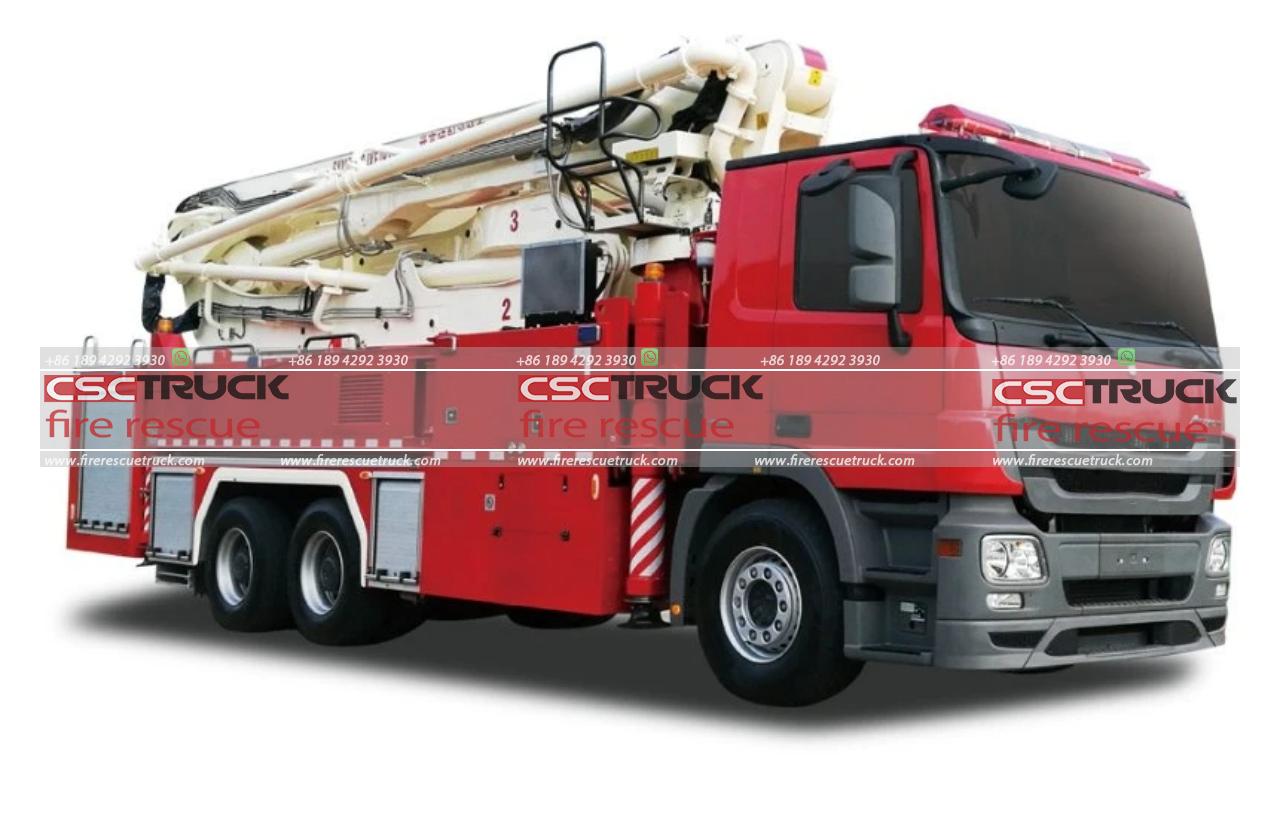
1. Structural Design:
One of the primary disparities between a Tower Ladder and an Aerial Ladder lies in their structural design. A Tower Ladder is characterized by a hydraulic platform mounted on an extendable arm, which is affixed to the top of the ladder truck. This platform offers a stable working environment for firefighters, allowing them to access elevated positions with precision and control. In contrast, an Aerial Ladder features a ladder affixed to a telescopic boom, granting vertical and horizontal reach to facilitate rescue and firefighting operations. The structural variance between the 2 apparatuses influences their maneuverability and adaptability in different scenarios.
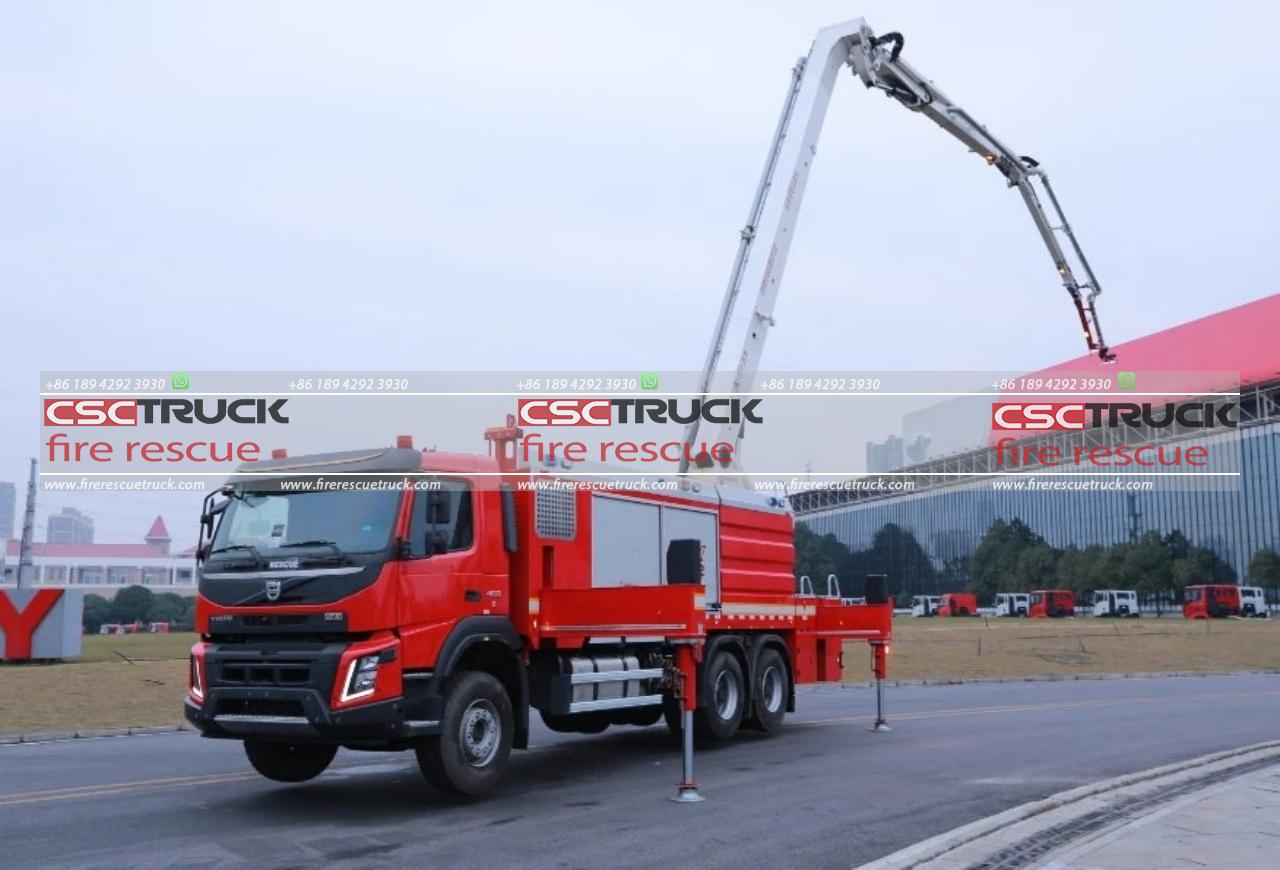
2. Reach and Elevation Capability:
Another differentiating factor is the reach and elevation capability inherent to each apparatus. Tower Ladders boast impressive vertical reach typically, often exceeding 100 feet or more, enabling firefighters to access tall buildings and structures with ease. Moreover, the hydraulic platform affords precise positioning, enhancing operational efficiency during rescue missions or firefighting operations. Conversely, while Aerial Ladders also offer substantial vertical reach, their primary advantage lies in their horizontal outreach. Equipped with a telescopic boom, Aerial Ladders can extend over obstacles such as buildings or vehicles, granting access to confined spaces or remote areas that may be challenging to reach with conventional means.
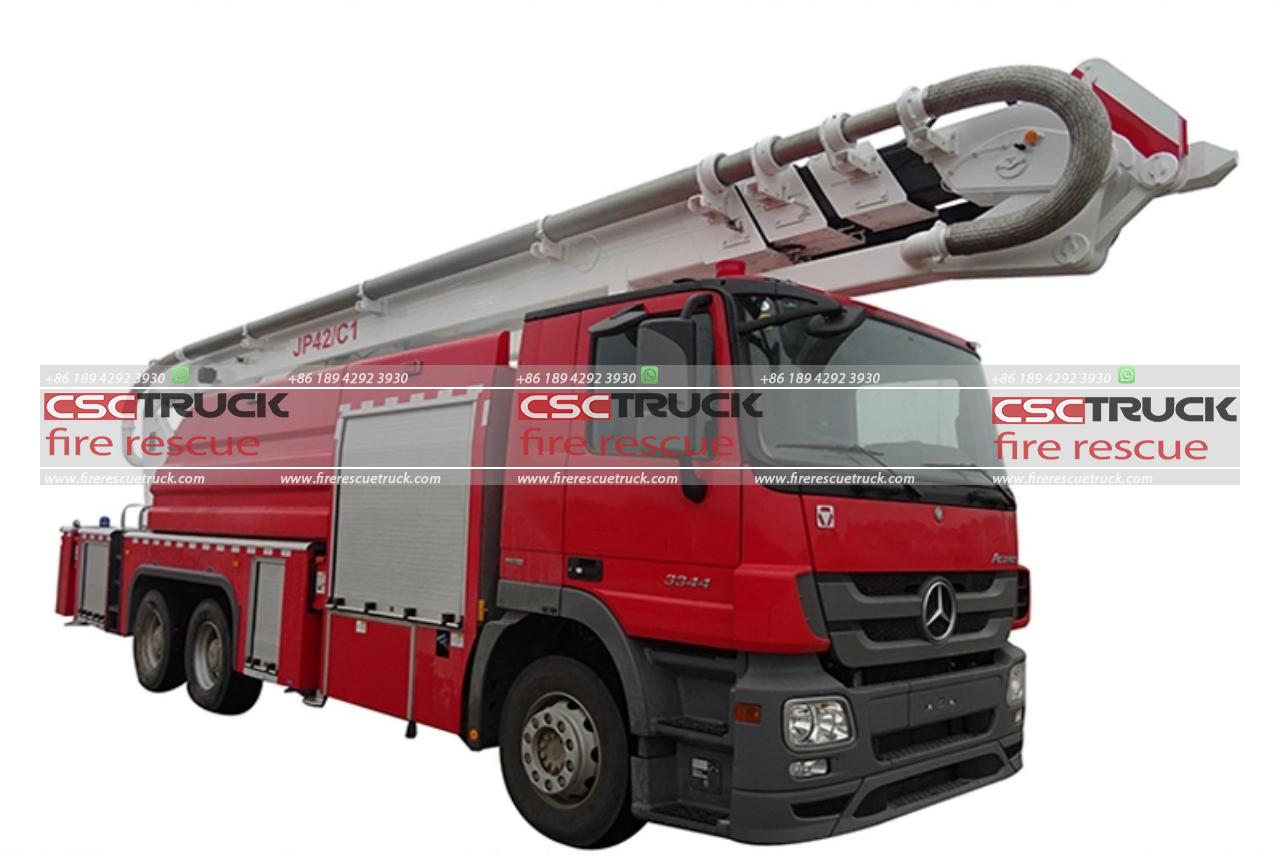
3. Versatility and Functionality:
Versatility and functionality are essential considerations when comparing Tower Ladders and Aerial Ladders. Tower Ladders, with their hydraulic platforms, excel in scenarios requiring precise positioning and stable platforms for firefighting or rescue operations. They are particularly effective in high-rise incidents where access to upper floors is imperative. On the other hand, Aerial Ladders offer greater versatility in navigating obstacles and accessing confined spaces, making them indispensable in urban environments characterized by narrow streets and complex building layouts. Their telescopic booms can articulate around obstacles, providing firefighters with unparalleled flexibility in executing their duties.
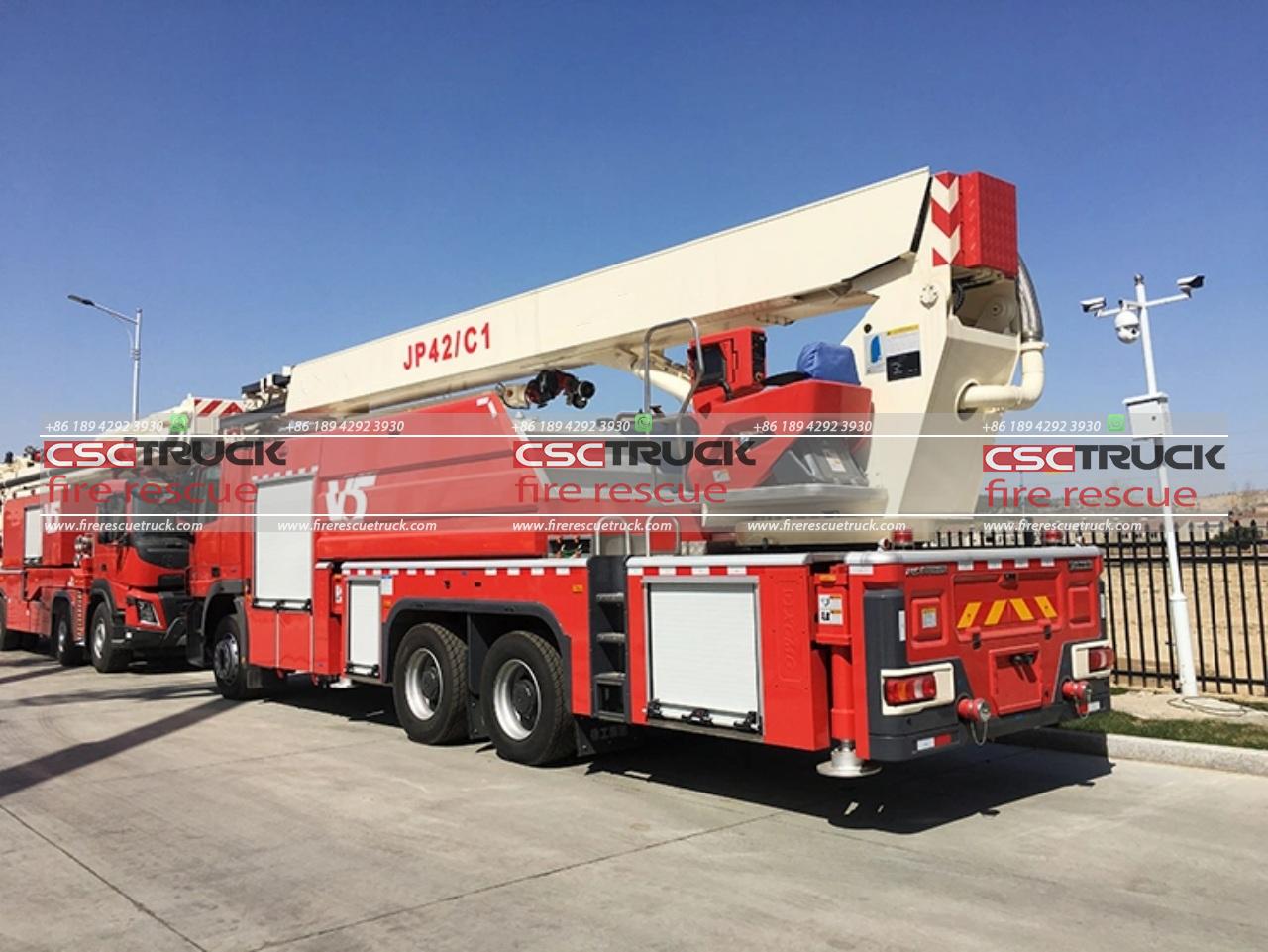
4. Operational Considerations:
Operational considerations also play a significant role in determining the suitability of either apparatus for specific firefighting scenarios. Tower Ladders are favored in situations where vertical reach and stability are paramount, such as high-rise fires or rescues involving stranded individuals on rooftops. Their hydraulic platforms provide a secure working environment for firefighters, enhancing safety and efficiency in challenging conditions. Conversely, Aerial Ladders are preferred for operations requiring horizontal outreach and maneuverability, such as accessing upper floors of buildings with setback setbacks or navigating tight spaces where traditional ladders may be impractical.
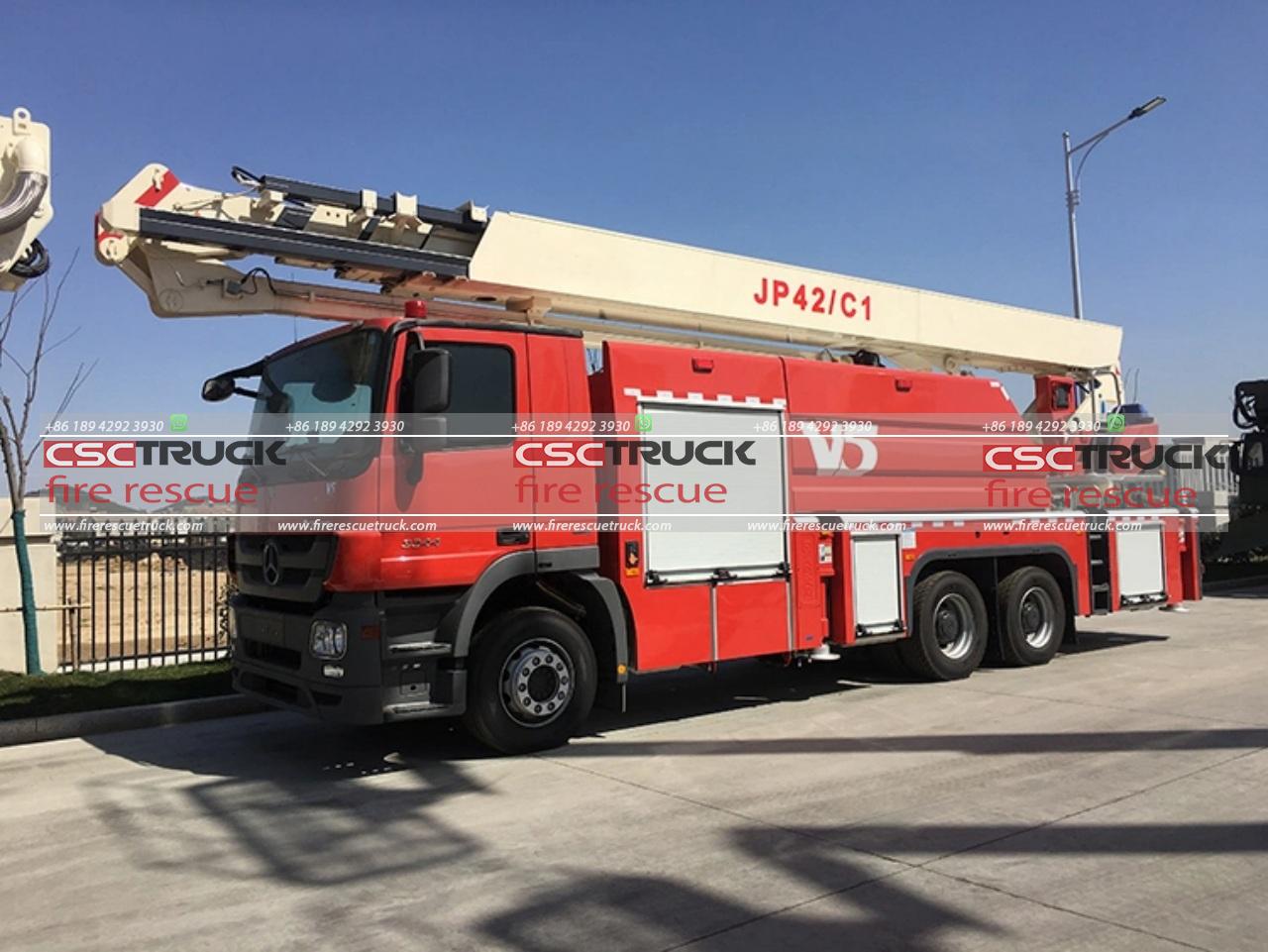
5. Training and Maintenance Requirements:
The training and maintenance requirements associated with Tower Ladders and Aerial Ladders also differ significantly. Firefighters tasked with operating Tower Ladders must undergo specialized training to familiarize themselves with the operation of hydraulic platforms and associated safety protocols. Similarly, maintenance procedures for Tower Ladders involve servicing hydraulic systems and ensuring the structural integrity of the extendable arm and platform. In contrast, Aerial Ladders necessitate training in maneuvering telescopic booms and conducting aerial rescues, with maintenance focusing on the inspection and upkeep of hydraulic systems and extension mechanisms.
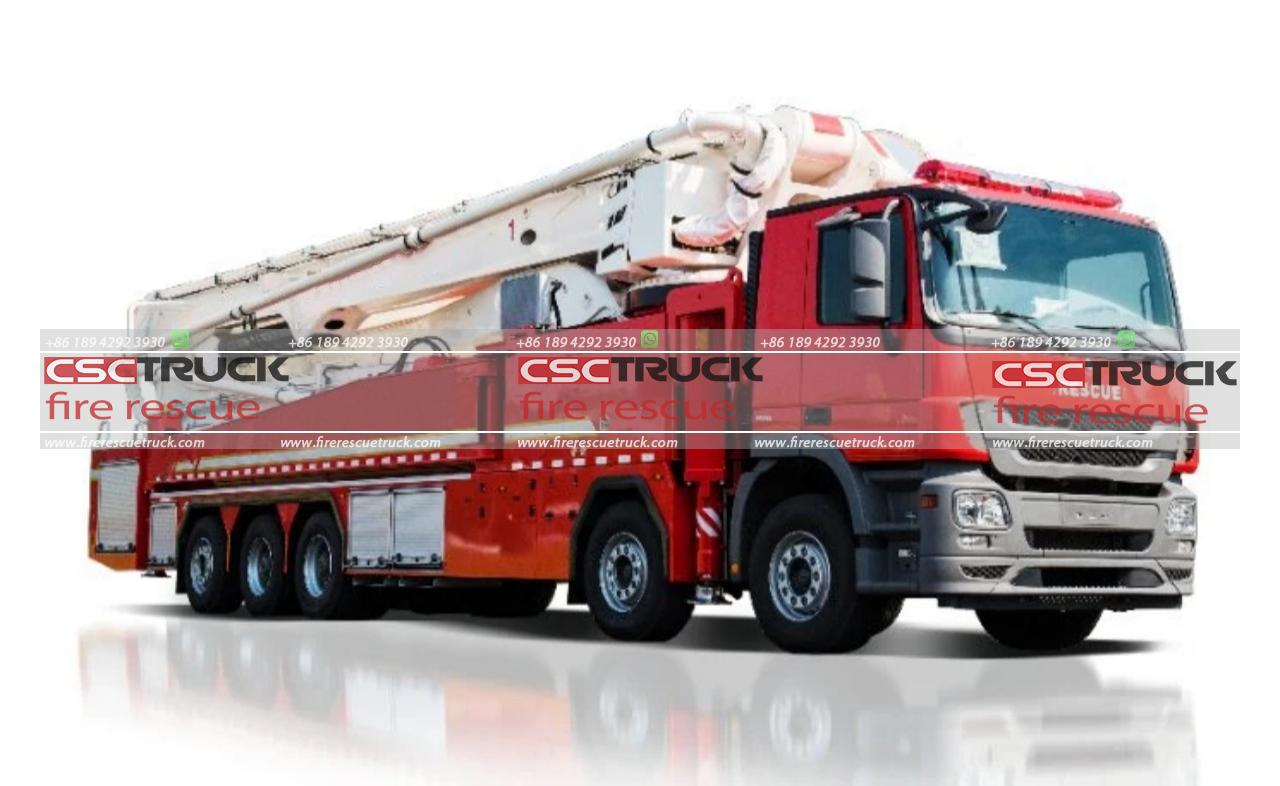
Conclusion:
In conclusion, while both Tower Ladders and Aerial Ladders serve essential roles in firefighting and rescue operations, their distinctions are significant and merit careful consideration. From their structural design and reach capabilities to their versatility and operational considerations, each apparatus offers unique advantages tailored to specific firefighting scenarios. By understanding the differences between these apparatuses, fire departments can make informed decisions regarding their deployment, ensuring the safety and effectiveness of their firefighting efforts in diverse environments. Ultimately, whether navigating the towering heights of skyscrapers or maneuvering through the labyrinthine streets of urban centers, the choice between a Tower Ladder and an Aerial Ladder can profoundly impact the outcome of firefighting operations and the safety of both firefighters and the communities they serve.







